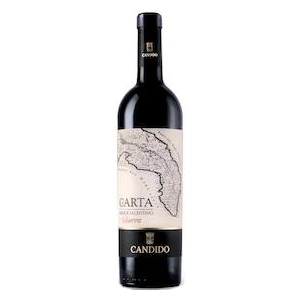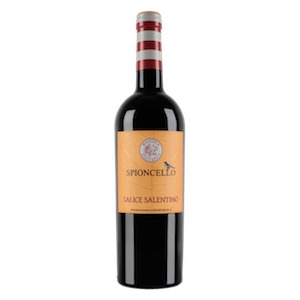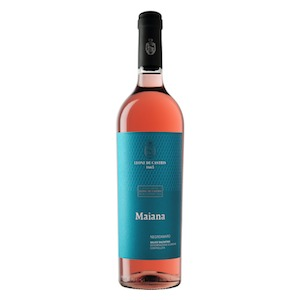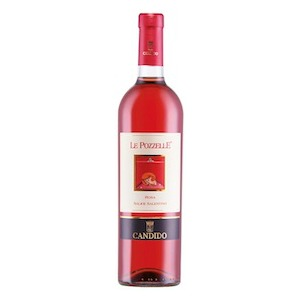
Salice Salentino is one of the most famous wines in the south of Italy. It mainly produces red wines from Negroamaro and Malvasia Nera di Brindisi but the Rosato style also has outstanding potential.
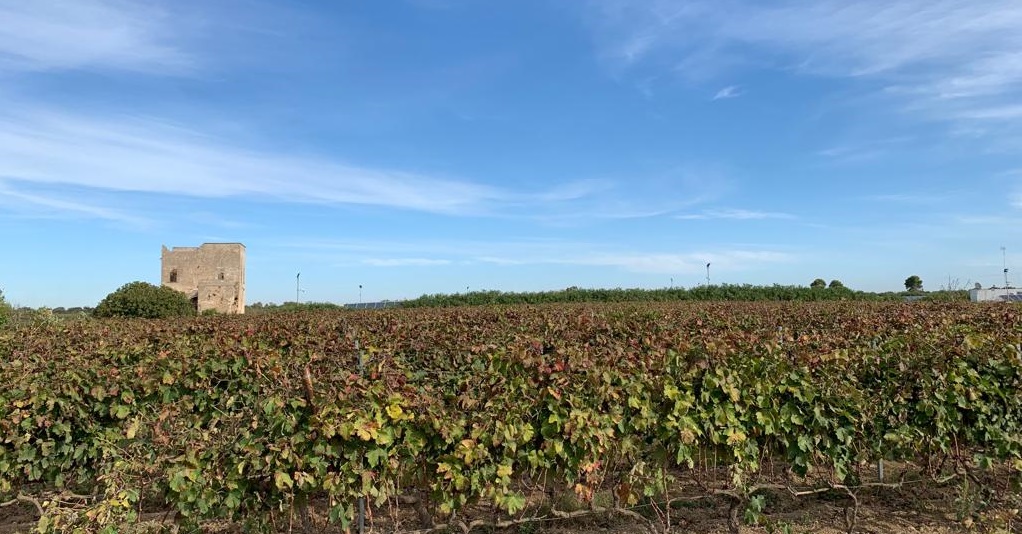
On international markets Salice Salentino is potentially [Puglia's](/region/puglia) most recognised wine. Taking its name from the small village in the heart of Salento, it was established as a DOC in 1976 and today incorporates the neighbouring villages of Veglie, Guagnano and parts of Campi Salentina, as well as San Pancrazio Salentino, Sandonaci and parts of Cellino San Marco which spill over in to province of Brindisi. The area covers about 1800 hectares of vineyard, the majority of which is [Negroamaro](/negroamaro) and [Malvasia Nera](/malvasia-nera) cultivated on old _Pugliese_ bush vines, many of which boast more than fifty years of age to them. Unfortunately many producers in the area choose to declassify their wines and label them as [Salento IGP](/appellation/salento-igp). This can be for any number of reasons - more flexible production rules on grapes or blending, disillusionment with the political aspects of Salice Salentino DOC or even just for marketing purposes. Salice Salentino Rosso and Rosato wines require at least 75% [Negroamaro](/negroamaro), while the varietal expressions need a minimum of 85%. The rest is frequently made up with either [Malvasia Nera di Brindisi](/malvasia-nera) or [Lecce](/malvasia-nera) (proven to be the same grape). Many vineyards within the denomination are still planted with both varieties side by side. Historically, [Malvasia Nera](/malvasia-nera) would add some colour and flesh to [Negroamaro](/negroamaro) wines and with them both ripening at the same time the union made sense. It is fairly common for these varieties to be co-fermented. The rules also permit the use of [Aleatico](/aleatico) - in reality though the producers who use it are those that produce a passito or liquoroso version, which requires at least 85% [Aleatico](/aleatico). There is a Riserva category for both the rosso and red varietal wines which instructs 24 months of ageing before release with at least six months in barrel. Depending on a producer's choice of wood these can vary significantly in quality. Wood is a big feature of Salice Salentino wines. The best manage to find a balance between the rich, velvety fruit and the added complexity of barrel ageing. At [Cantina Moros](/producer/cantina-moros) Claudio Quarter produces less than 10,000 bottles a year from a single vineyard near Guagnano and finding the perfect harmony between rich, sun soaked fruit and oak is central to his philosophy. In mastering this art the wine can at once be traditional, yet elegant modern. [Feudi di Guagnano](/producer/feudi-di-guagnano), a small domain with key vineyards in Guagnano also explores this. Their best attempt comes in the form of the [Salice Salentino Riserva 'Cupone'](/wine/feudi-di-guagnano-salice-salentino-doc-riserva-cupone), which perhaps is offers an admirable marriage of fruit, wood, power and balance. Perhaps the most famous advocate of Salice Salentino however is [Leone di Castris](/producer/leone-de-castris) who headquarter themselves in the old 'Villa Lisa' building in the heart of the village. This historic winery has been producing wine here for decades and the name is synonymous with robust, full bodied Riserva wines. The late [Cosimo Taurino](/producer/cantine-cosimo-taurino) worked tirelessly to build up a name for Salice Salentino. Since taking over the estate his daughter and her husband have continued to run the winery and today their [Salice Salentino Riserva](/wine/cantine-cosimo-taurino-salice-salentino-doc-riserva) is still highly regarded. More modern, but eminantly drinkable are the wines of the [Cantele](/producer/cantele) brothers. Their clean monovarietal expressions of [Negroamaro](/negroamaro) still throw a nod to the classic style with just a touch of extra rusticity. It was [Leone di Castris](/producer/leone-de-castris) who helped to rejuvenate Salento's historic reputation for producing Rosato wines, earning credibility and exposure for the style with their long standing [Five Roses](/wine/leone-de-castris-salento-igp-five-roses) wine, first bottled in 1943. In fact, it is widely cited that this was the first rosé wine to be bottled and sold commercially in [Italy](/country/italy). Sadly, this is now bottled as a simple [Salento IGP](/appellation/salento-igp) wine. Rosato wines vary in style considerably. While the light, almost copper colour of [Leone de Castris's](/producer/leone-de-castris) [Five Roses](/wine/leone-de-castris-salento-igp-five-roses) is now rather iconic, so too is the deeper style favoured by wineries such as [Francesco Candido](/producer/candido), whose [Le Pozzelle](/wine/candido-salice-salentino-doc-le-pozzelle) is synonymous with Salice Salentino rose. Salice Salentino also permits the production of white wines from [Fiano](/fiano), [Chardonnay](/chardonnay) and [Pinot Bianco](/pinot-bianco). I'm not entirely convinced by the [Chardonnay](/chardonnay) based wines I've tasted in Salento, and I'm even less convinced by the wisdom of allowing Salice Salentino to be made from white grapes. In many ways Salice Salentino provides the best example of why the DOC system in [Puglia](/region/puglia) is so dysfunctional. With a strong reputation abroad Salice Salentino would be a natural candidate for reform in pursuit of a higher quality, more consistent wine. Large bottlers from outside the region wield a lot of power. They are inevitably keen to keep production rules simple and favourable to the vinification of large volumes. Such a broad spectrum of quality on the market is what forces a producer to turn his back on the DOC system. The challenge for consumers is that you can find Salice Salentino in all colours and from prices ranging from two euros to fifty euros. What therefore is Salice Salentino? And what should it be?
